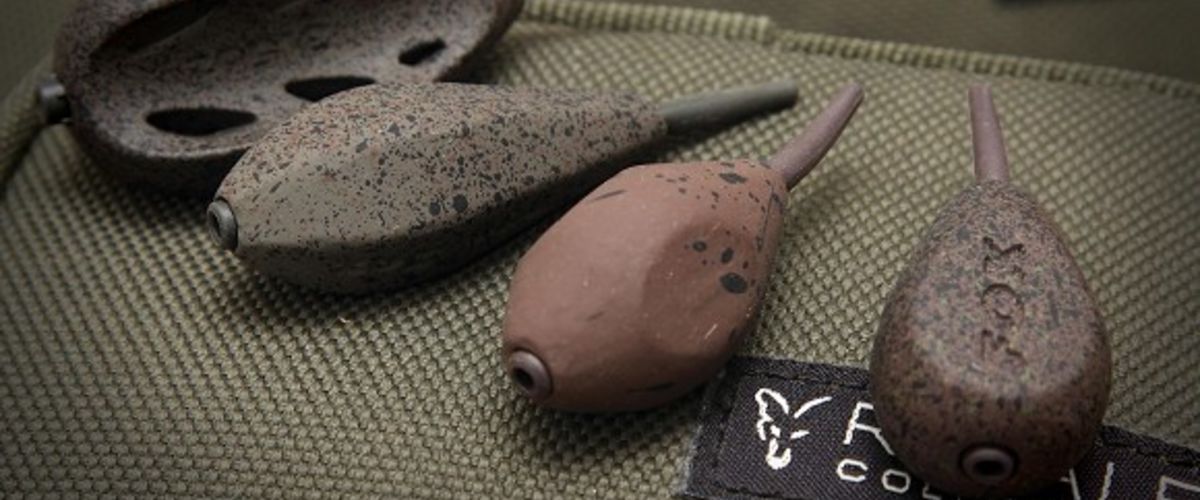
How to get more from an in-line lead
Tips and tweaks for in-line leads to up your catch-rate
Size and shape matters
There’s loads of different sized, shaped and textured inline leads on the market for a very good reason – they all do different things that little bit better in the right situation. Block-like shaped leads are great for solid bags, short hooklinks and inducing a bolt effect with an almost instant feel of resistance, but aerodynamically may not be the one for distance casting.
Torpedo-like tournament style inline leads may be easy to cast at range, but can roll on uneven lakebed features like gravel bars or the marginal shelf. Flat pear or gripper style inlines will work far better in this kind of situation. So remember to have a ‘horses for courses’ attitude when using inlines and dramatically increase the efficacy of your set-up!
The semi-fixed in-line set-up
Okay a carp picks-up a rig coupled with an inline lead set-up, feels the resistance of the lead, shakes its head – panics and bolts! The basic scenario commonly induced by a standard inline set-up, but sometimes the carp are wise to this feeling and whether by chance or design use the force of shaking the lead to throw the hook.
To give the carp something different and awkward to deal with, it can be a good idea to attach the inline lead in a ‘semi-fixed’ way. So, initially the carp will feel the resistance of the lead helping to locate a good hook hold - but as soon as it shakes its head or tries spitting the hook, the lead will be dislodged from the swivel to become a running set-up. Great for bite indication and turning jittery aborted takes into screamers!
 Taking out the insert and using one of these Tadpole Inserts only hold the lead in a ‘semi-fixed’ position
Taking out the insert and using one of these Tadpole Inserts only hold the lead in a ‘semi-fixed’ position Once the carp feels the resistance of the lead and shakes its head the lead comes free, to become a ‘running’ set-up
Once the carp feels the resistance of the lead and shakes its head the lead comes free, to become a ‘running’ set-up  Safely adding a bead further up the leader can create a secondary bolt effect known as the ‘Shocker Rig’
Safely adding a bead further up the leader can create a secondary bolt effect known as the ‘Shocker Rig’How to... Drop the lead
It doesn’t always pay to have the lead bouncing around once the carp is hooked, like in weedy situations or where underwater snags are present. The simple answer is to get rid of the lead – perhaps ditching it on the take. That’s not always easy to do with an inline, so here’s a great technique - utilising the Drop Off Inline Lead Kit from Fox…








